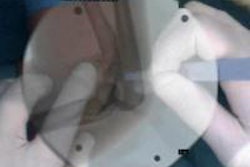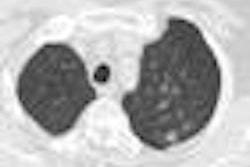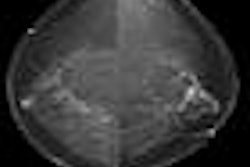Dear Advanced Visualization Insider,
Characterized by slow growth and a high malignancy rate, ground-glass lung nodules can be a clinical challenge. Prototype software developed by Fraunhofer MeVis may be able to provide reliable computer-aided segmentation and measurement of mass and volume for these nodules, however.
A research team led by Dr. Ernst Scholten of University Medical Center Utrecht in the Netherlands found ground-glass nodule mass and volume measurements provided by the semiautomated software did not differ significantly from actual nodule and mass measurements. Click here for our coverage of their paper.
Semiautomated volumetry is also the subject of another article we're featuring this month in your Advanced Visualization Digital Community. In order to improve assessment of treatment response, oncologists need more information from radiologists. 3D volumetry techniques are just the tool for this job, offering precise and invaluable prognostic information such as early tumor shrinkage, according to Dr. Anno Graser, head of oncologic imaging at the University of Munich.
In a recent presentation at the International Symposium on Multidetector-Row CT in Washington, DC, Graser shared in detail how semiautomated volumetry methods are reproducible and can reduce misclassification of treatment response. They're also an improvement over estimates of tumor volume based on Response Evaluation Criteria in Solid Tumors (RECIST) criteria, he said.
For all the details, click here.
Do you have an idea for a topic you'd like to see covered? As always, please feel free to email me.



















